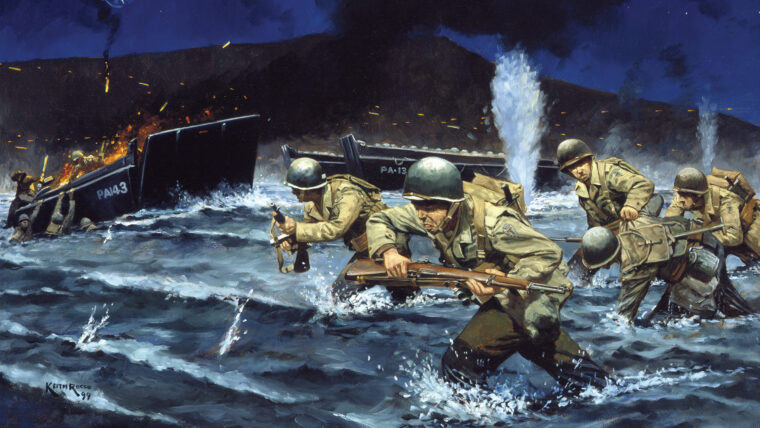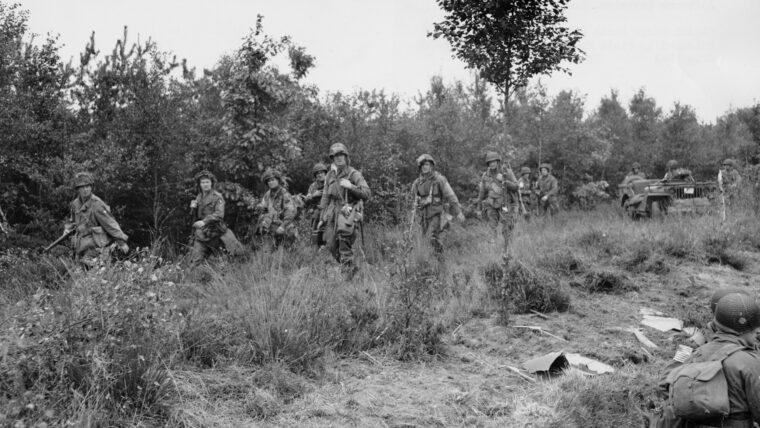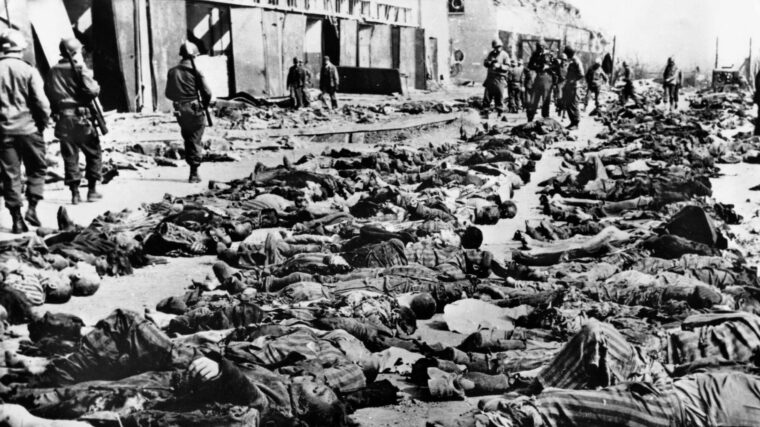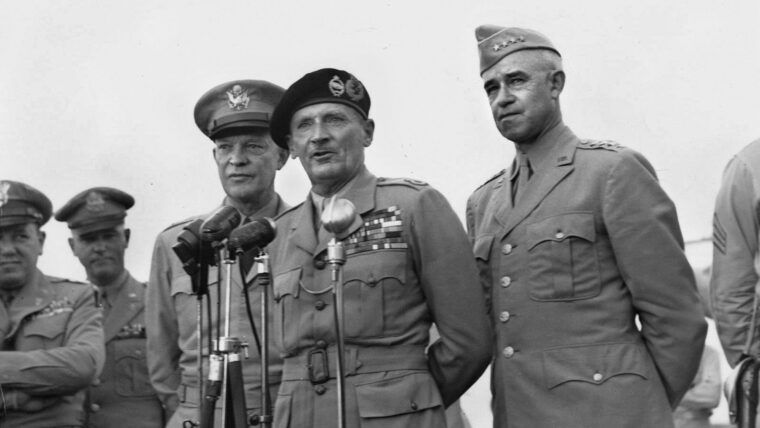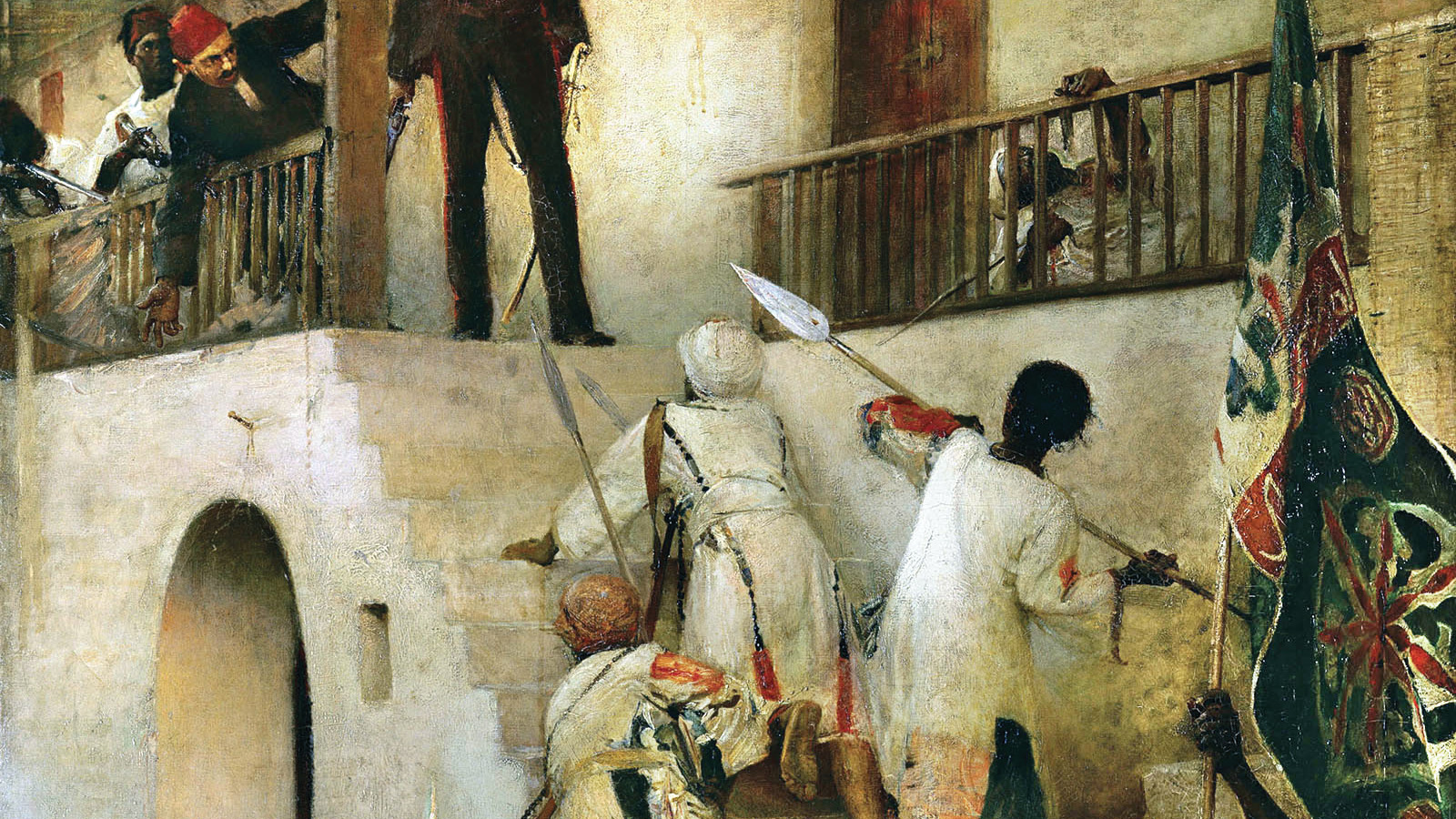
WWII
Deaths in WWII: Casualties, and the Graves Registration Units
By Mason B. WebbThe very nature of war means that some participants will be killed and others will be wounded, and some estimate the deaths in WWII to be around 85 million. Read more







